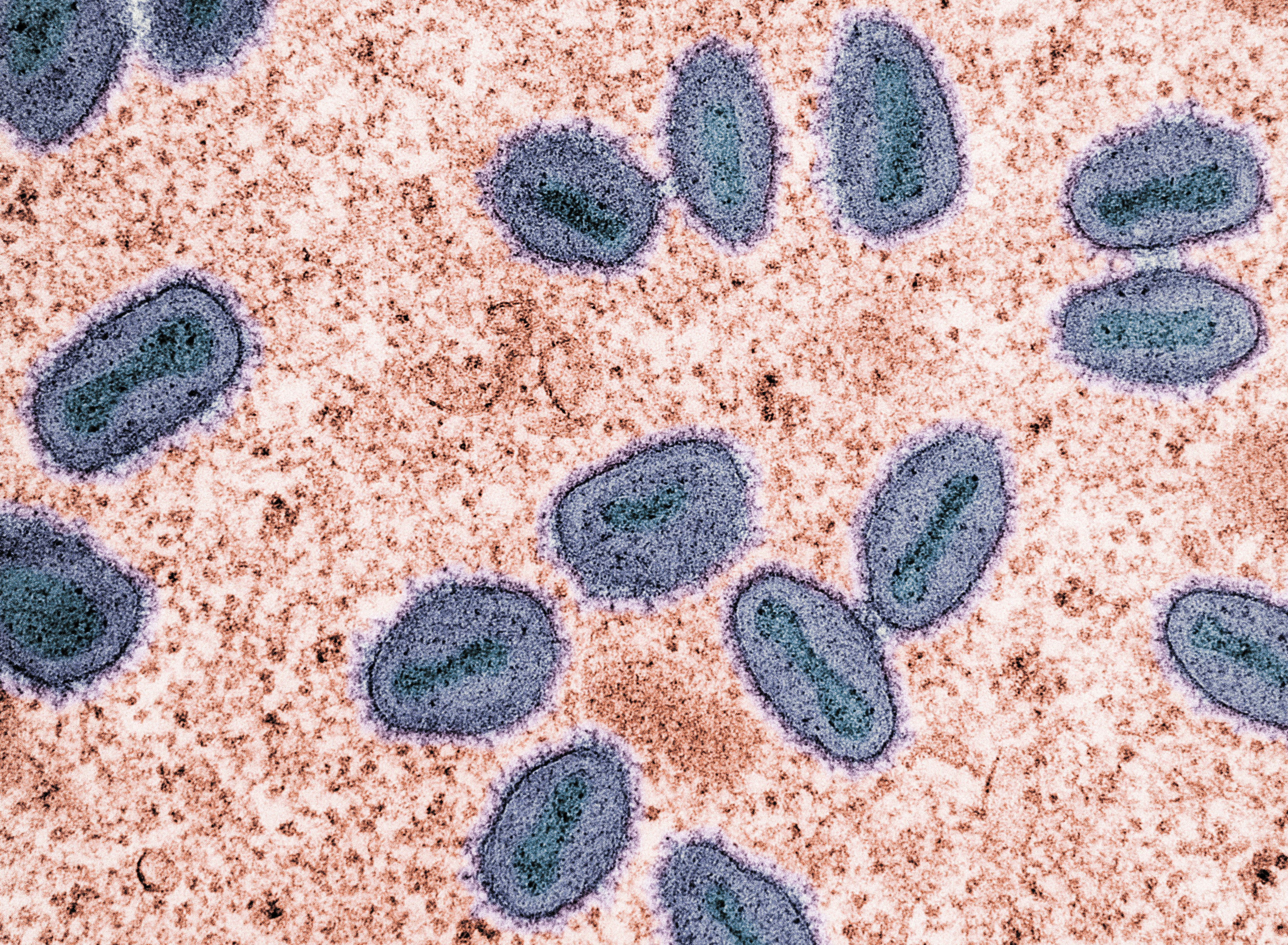On Tuesday, August 14, the World Health Organization (WHO) declared the disease once known as “Monkeypox” as a global health emergency – an announcement similar to the infamous COVID-19.
The Philippines has recorded its first new case on August 18 since the global health declaration and the 10th case of Mpox in the country.
What is Mpox?
Mpox (renamed from its original 'Monkeypox' to reduce stigma on contraction) is a disease caused by the Monkeypox virus. Recorded first in monkeys, it is relative to the more renowned smallpox.
With 15,600 recorded cases in the Democratic Republic of the Congo alone, Mpox spreads in organisms under the same family more known as ‘Clades’. Clade 1 has been known to have spread within the Congo for years, with Clade 2 considered as its less severe counterpart. Another virus called the Clade 1b also exists which has been reported to be the most deadly among them. While known to be endemic (disease only found in a certain area), the WHO declaration stemmed from the steady increase in cases in neighboring African nations.
Method of Transmission and Symptoms
According to the WHO, Mpox is transmittable via person-to-person or vertebrate animals to humans, otherwise known as zoonotic. Unlike COVID-19, the Mpox virus has no evidence of being contracted through air but rather through close and intimate contact with an infected patient through bodily fluids like saliva, pus, and semen. This can also be acquired through prolonged contact through talking and breathing. However, a person may be infected with the virus if they have been in touched materials that were in contact with the rashes and/or bodily fluids of the infected.
In an animal-to-person transmission, Mpox spreads via bites or scratches, food made of wild animals, skin or fur of the infected animal, or through their bodily fluids or rashes.
Symptoms may show as a facial rash that develops into scabs. It may also exhibit itself as flu-like such as headache, muscle aches and backaches, fatigue, chills, fever, and even swollen lymph nodes.
Prevention
While the country is still not at risk of the large-scale spread of the disease, prevention is still ultimately better than cure. Here’s how to prevent the Mpox:
Vaccination is an effective way of preventing and treating Mpox. Currently, there is already an existing vaccine to be used to prevent major outbreaks and aid in the recovery of those who contract Mpox. Called the Jynneos (known in other countries as Imvamune or Imvanex), and is to be given in two parts.
Additionally, WHO also recommends safe sex practices (especially in same-sex intercourse) such as using condoms to reduce the risk of contracting.
The best way to rid and prevent the spread of Mpox is to report likely symptoms to health agencies in the country such as the Department of Health or to local hospitals for possible immediate isolation and response.
With the disease being declared a global health emergency, this poses the importance of stringent measures and vigilance. While the country is still relatively unaffected with Mpox, its potential spread, ultimately cannot be ignored.


